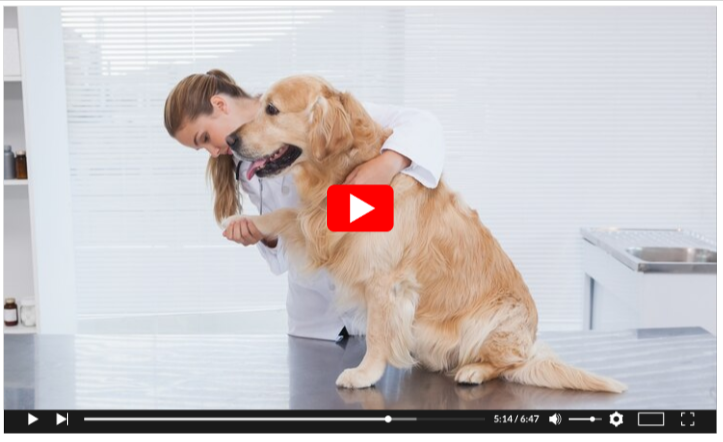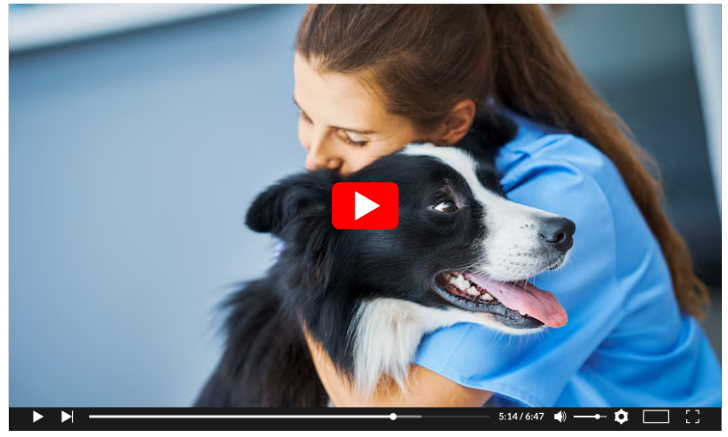Can Dogs Have Ice Cream: Risks, Benefits & Safe Alternatives!
As a pet parent, you probably love sharing treats with your furry best friend. When the weather turns hot and you grab a cool, creamy ice cream cone, those puppy-dog eyes staring up at you can be impossible to resist. But before you offer a lick or a scoop, you might wonder — can dogs have ice cream?
It’s a fair question, and the answer isn’t a simple yes or no. While dogs can technically consume ice cream, it doesn’t mean it’s good for them.
Dogs can eat small amounts of plain ice cream, but it’s not recommended. Many dogs are lactose intolerant, and it may cause stomach issues or allergies.
In fact, depending on the ingredients and your dog’s individual health, ice cream might cause digestive issues or worse.
In this detailed blog post, we’ll uncover the facts about feeding ice cream to dogs, explore safer alternatives, and give you practical advice to keep your pooch cool and healthy during those sunny days.
Why Do Dogs Love Ice Cream?
Like humans, dogs are naturally drawn to the rich, sweet, and creamy taste of ice cream. The texture and cool temperature make it an appealing treat, especially during the warmer months.
Dogs have taste receptors for sweetness about six times fewer than humans, but enough to crave sugary flavors occasionally.
However, just because your dog loves ice cream doesn’t mean it’s safe or healthy for them to eat.
Is Ice Cream Safe for Dogs?
While an occasional small lick of plain vanilla ice cream might not harm a healthy dog, regular or large quantities can lead to problems.
Because ice cream contains:
- Lactose: Most adult dogs are lactose intolerant, meaning they lack sufficient amounts of lactase, the enzyme needed to digest dairy products.
- Sugar: Ice cream is packed with sugar, which isn’t suitable for dogs and can contribute to obesity, dental issues, and diabetes.
- Artificial sweeteners: Some low-sugar ice creams contain xylitol, a sugar substitute that’s highly toxic to dogs and can be life-threatening even in small amounts.
- Chocolate and other harmful flavors: Chocolate, coffee, macadamia nuts, and certain fruits like grapes or raisins can be toxic to dogs.
Health Risks of Giving Ice Cream to Dogs
Feeding your dog ice cream can lead to a variety of health issues, especially if consumed frequently or in large quantities. Here’s what you should be aware of:
1. Lactose Intolerance
Many dogs stop producing the enzyme lactase after weaning. Without it, they can’t properly digest dairy, leading to symptoms like:
- Gas
- Bloating
- Diarrhea
- Vomiting
According to Healthline, lactose intolerance is common in adult dogs and should be taken seriously when introducing dairy products like ice cream.
2. Obesity and Weight Gain
Ice cream is calorie-dense and high in sugar and fat. Regular indulgence can contribute to unhealthy weight gain and obesity-related issues like arthritis, heart disease, and reduced life expectancy.
3. Pancreatitis
A high-fat treat like ice cream can trigger inflammation of the pancreas, especially in breeds prone to pancreatitis (like Miniature Schnauzers, Cocker Spaniels, and Dachshunds). Symptoms include vomiting, abdominal pain, loss of appetite, and lethargy.
4. Diabetes Risk
The sugar content in ice cream can lead to blood sugar spikes. If given too often, it may increase the risk of insulin resistance and type 2 diabetes in dogs, similar to what WebMD describes in humans.
5. Xylitol Poisoning
Some sugar-free ice creams use xylitol as a sweetener. Even a tiny amount can cause severe hypoglycemia, seizures, liver failure, or death in dogs. Always check the label for xylitol and avoid offering any foods that contain it.
Which Ice Cream Ingredients Are Dangerous for Dogs?
Many common ice cream flavors and toppings contain ingredients that are toxic or harmful to dogs.
Dangerous Ice Cream Ingredients Include:
- Chocolate: Contains theobromine and caffeine, both toxic to dogs.
- Coffee: Caffeine overstimulates a dog’s nervous system and heart.
- Macadamia Nuts: Can cause tremors, vomiting, and weakness.
- Grapes/Raisins: Can trigger kidney failure.
- Xylitol: Even trace amounts can be deadly.
Can Dogs Have Dairy-Free or Non-Dairy Ice Cream?
Non-dairy and plant-based ice creams made with coconut milk, almond milk, or oat milk may seem like a safer alternative, but they’re not always ideal either.
Reasons to be cautious:
- Still high in sugar and fat
- May contain artificial sweeteners, including xylitol
- Added flavors, chocolate chips, or nuts can still be toxic
Some non-dairy ice creams made specifically for dogs do exist. These treats use dog-safe ingredients and are often lactose-free with no harmful additives.
Dog-Friendly Ice Cream Alternatives
If you want to treat your pup without risking their health, consider these safer alternatives:
1. Frozen Banana Bites
Peel and slice a banana, then freeze the slices. Bananas are rich in potassium and fiber and make a naturally sweet, healthy snack.
2. Frozen Plain Yogurt (Lactose-Free)
Plain, unsweetened, lactose-free yogurt contains probiotics and is gentler on a dog’s stomach. Freeze small portions for a cool treat.
3. DIY Dog Ice Cream
You can easily make dog-friendly ice cream at home using simple, safe ingredients like:
- Mashed bananas
- Peanut butter (xylitol-free)
- Plain yogurt
- Pumpkin puree
Blend and freeze in ice cube trays for easy servings.
4. Commercial Dog Ice Cream Brands
Several pet-safe frozen treats are available in stores or online, made with dog-safe ingredients and no harmful additives. Popular options include:
- Frosty Paws
- Pooch Creamery
- Ben & Jerry’s Doggie Desserts
These are formulated with canine nutrition in mind.
How Much Ice Cream Can a Dog Eat?
If you must share your ice cream with your pup, limit it to one or two small licks of plain, vanilla ice cream as an occasional treat.
Avoid giving your dog a full scoop or cone, as even small amounts of sugar and fat can add up quickly.
If your dog shows signs of digestive upset afterward (vomiting, diarrhea, or gas), it’s best to avoid it altogether in the future. Signs of Ice Cream Intolerance or Allergy in Dogs
After eating ice cream, watch for signs of lactose intolerance or allergic reactions, such as:
- Diarrhea
- Vomiting
- Gas or bloating
- Itchy skin
- Lethargy
- Excessive scratching or licking
If symptoms persist or worsen, contact your veterinarian promptly.
What Should You Do If Your Dog Eats Harmful Ice Cream?
If your dog consumes ice cream containing toxic ingredients like chocolate or xylitol:
- Stay calm.
- Check the ice cream label for harmful ingredients.
- Call your veterinarian or an emergency animal clinic immediately.
- Watch for symptoms like vomiting, tremors, or seizures.
The faster you respond, the better the chances of recovery.
Conclusion
While dogs can technically have small amounts of ice cream, it’s not recommended as a regular treat. The risks of lactose intolerance, obesity, pancreatitis, and toxic ingredient exposure far outweigh any short-lived enjoyment they might get from a lick of your cone.
If you want to pamper your pup, stick to healthier, dog-safe frozen treats whether it’s a DIY recipe or a pet-specific product. Always check ingredient labels carefully, avoid harmful additives, and keep your dog’s long-term health in mind.
When in doubt, consult your veterinarian before introducing any new food to your pet’s diet.
References Link
- Can Dogs Eat Ice Cream
https://www.petmd.com/dog/nutrition/can-dogs-eat-ice-cream
- Toxic and Dangerous Foods Your Dog Should Never Eat
https://www.webmd.com/pets/dogs/ss/slideshow-foods-your-dog-should-never-eat
- Can My Dog Eat This
https://www.healthline.com/nutrition/human-foods-for-dogs
.



